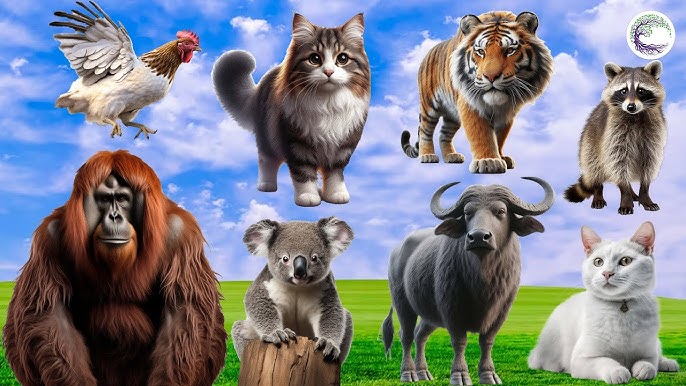888Talbot
Conditions of detention
The Talbot was well-suited to living in rural estates and forests where it could exercise and hunt. It required large open spaces to roam and track scents.
Useful Fact: Talbots were often kept in kennels by the nobility, who maintained large packs for hunting purposes.
Nutrition and diet
The Talbot’s diet would have consisted of raw meat and table scraps, similar to the diets of other working dogs of the time.
Useful Fact: As hunting dogs, they likely consumed high-protein meals to sustain their energy levels and physical demands.
Health
While specific health issues of the Talbot are not well-documented, as a large working breed, it likely faced common issues such as joint problems and bloat.
Useful Fact: Selective breeding for hunting prowess likely contributed to a robust constitution, necessary for enduring long hunts.
Grooming and care
The Talbot had a short, dense coat that required minimal grooming. Regular brushing would have helped remove loose hair and keep the coat healthy.
Useful Fact: Their coats were naturally weather-resistant, providing protection against the elements during long hunting expeditions.
Education and training
Talbots were trained for tracking and hunting from a young age. They were prized for their ability to follow scents over long distances.
Useful Fact: Training would have focused on obedience and honing their natural scent-tracking abilities, crucial for successful hunts.
Toys and entertainment
As working dogs, Talbots were primarily entertained through hunting and tracking activities, which fulfilled their need for physical and mental stimulation.
Useful Fact: Interactive activities such as mock hunts or scent trails would have been their primary form of entertainment.
Safety
Talbots needed secure areas to prevent them from wandering off while following scents. Their strong prey drive made them prone to chasing wildlife.
Useful Fact: During hunts, handlers closely supervised them to ensure they stayed on course and did not get lost.
Accessories
Collars and leashes were used to control Talbots during hunts. They might have worn simple leather collars for identification and control.
Useful Fact: Leashes and harnesses helped manage these strong dogs, especially in the heat of a hunt.
Socialization
Talbots were socialized to work in packs, cooperating with other dogs and humans during hunts. They were trained to be loyal and obedient to their handlers.
Useful Fact: Early socialization helped them develop into disciplined hunting companions, capable of working in tandem with other dogs.
Travel and Transportation
Talbots traveled extensively with their handlers during hunting expeditions. They were often transported in carts or on foot alongside their owners.
Useful Fact: Their endurance made them capable of covering long distances without fatigue, essential for extensive hunts.
Behavior and psychology
The Talbot was known for its loyalty, intelligence, and strong tracking instinct. It had a calm demeanor but was highly focused during hunts.
Useful Fact: Their strong sense of smell and relentless tracking ability made them invaluable in medieval hunting parties.
Legal aspects
In medieval times, hunting rights were often restricted to the nobility, so owning and using Talbots was typically a privilege of the upper classes.
Useful Fact: Laws governing hunting and dog ownership reflected the Talbot’s role as a status symbol among the nobility.


